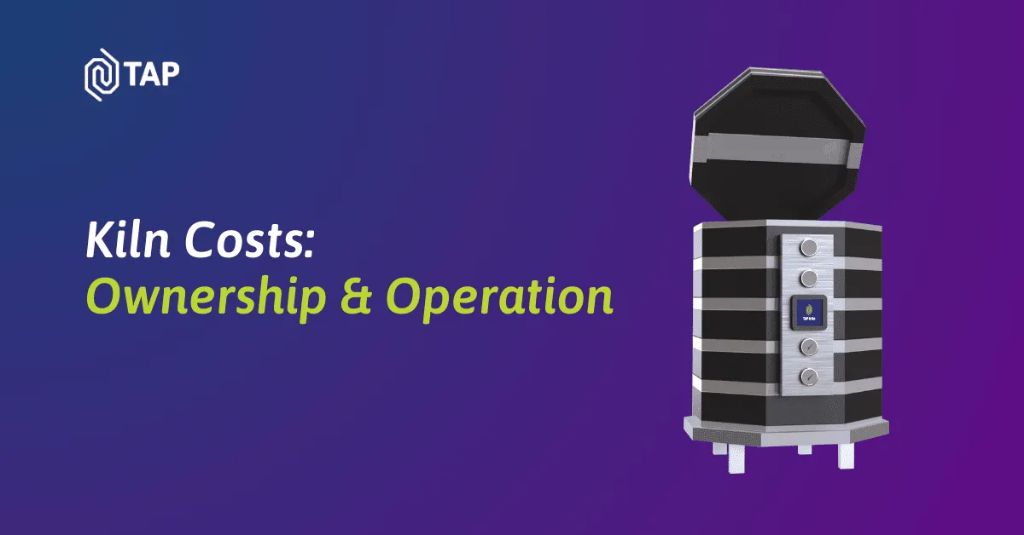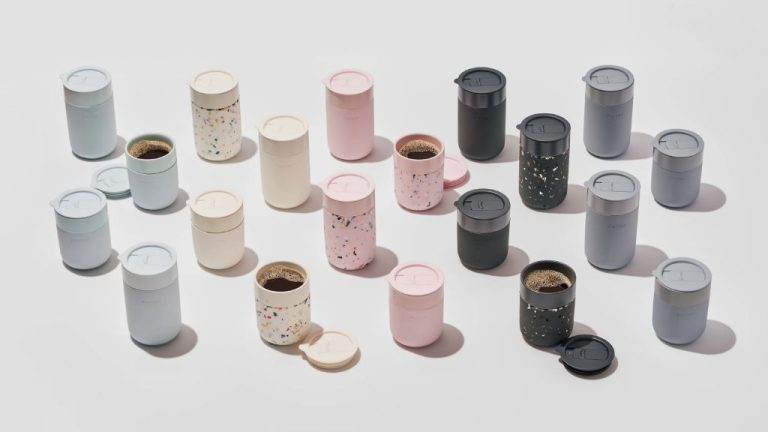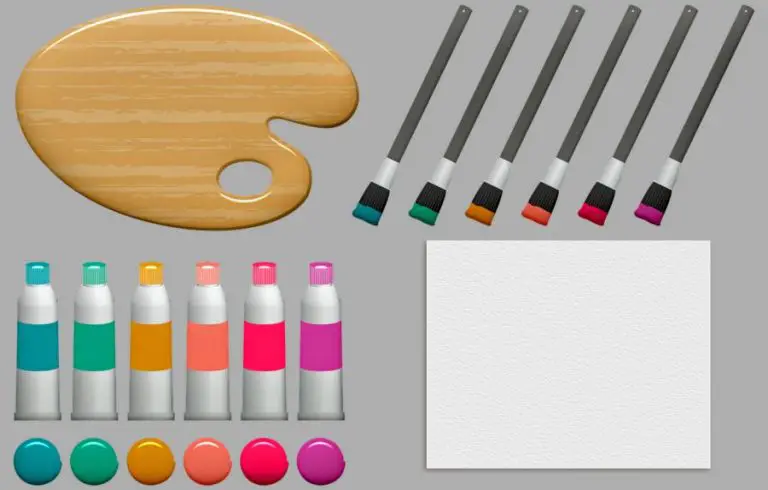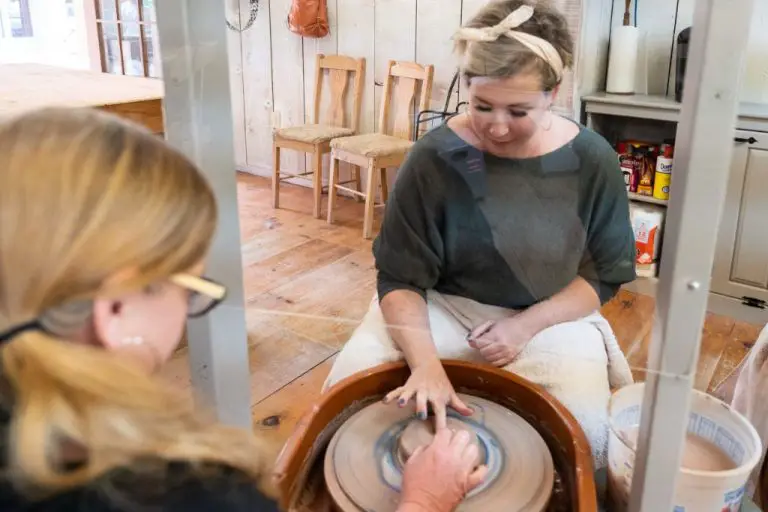How Expensive Is It To Run An Electric Kiln?
Electric kilns are a popular choice among ceramic artists, potters, hobbyists, and professional studios. They provide an enclosed, insulated chamber that can safely reach and maintain extremely high temperatures for firing clay work. Electric kilns allow control over the heat and atmosphere inside, which is critical for properly vitrifying clay and glazes. They are powered by electricity and do not require natural gas or other fuel sources. While more expensive initially than a single propane tank, electric kilns offer consistent results and do not produce fumes. Overall, electric kilns are an accessible, versatile tool for firing a variety of ceramic wares from sculptures to functional pottery.
Kiln Purchase Costs
The cost of purchasing a new electric kiln can vary greatly depending on the size, features, and capacity you need. According to Kiln Frog, quality gas kilns typically range from $1500 to $15,000, reflecting the diverse models and sizes available. Small tabletop kilns can start around $700, while large industrial kilns used by professional potters can cost $15,000 or more.
As a general guideline, you can expect to pay $1500-$4000 for a medium sized electric kiln suitable for home use and small production work. Larger kilns with more power and capacity will be pricier. Features like automatic controls and venting can also add cost. The brand, reputation, and durability of the kiln will also impact pricing.
It’s a good idea to consider both your current needs and any future expansion plans when deciding on a kiln. Paying more upfront for a larger kiln with durability and features to grow into can save money in the long run. Consulting with experienced potters can help narrow down the best kiln for your specific needs and budget.
Kiln Operating Costs
The main operating cost for an electric kiln is electricity usage. Firing a kiln can use a significant amount of electricity, so this is an important factor when calculating total firing costs.
To determine electricity costs, you first need to know the power rating of your kiln in either kilowatts (kW) or amps. This information should be provided by the kiln manufacturer. For example, a medium sized electric kiln may be rated at 10 kilowatts.
Next, you need to know your local electricity rate per kilowatt hour (kWh). The national average is around $0.13 per kWh, but rates vary significantly by location.1
To calculate the operating cost, multiply the kiln’s kW rating by the number of hours in a typical firing cycle and then by your electricity rate. For example, firing a 10 kW kiln for 8 hours at $0.13 per kWh would cost:
10 kW x 8 hours x $0.13 per kWh = $10.40
So for a medium sized electric kiln, a single firing may cost $10-$15 in electricity usage depending on firing times. This provides a rough estimate, but exact costs will depend on kiln size, electricity rates, and firing duration.2

Kiln Maintenance
Regular maintenance is crucial for keeping an electric kiln in good working order and extending its lifespan. Some of the key maintenance tasks and associated costs include:
Cleaning the kiln – This involves carefully vacuuming out any clay dust or debris. It’s recommended to do this after every firing or at least every 5-10 firings. No direct costs, just some time.
Replacing kiln furniture – Kiln shelves, posts, and other furniture degrade over time. Plan on replacing kiln furniture every 2-3 years. A basic shelf kit costs $150-$300.
Replacing elements – Heating elements wear out over time. Expect to replace elements every 2-5 years depending on usage. Elements can cost $150-$300 for a typical hobby kiln.
Replacing thermocouples – Thermocouples last 5-10 years. Replacement thermocouples cost $25-$60 each.
Kiln repairs – Major repairs like replacing a kiln controller or relay may be needed every 5-10 years. Costs vary widely based on the specific repair. Budget $250-$1000 for a full kiln repair.
With regular maintenance, an electric kiln can last 20+ years. Expect yearly costs in the $50-$150 range for basic maintenance tasks.
Kiln Lifespan
The lifespan of an electric kiln can vary quite a bit depending on the brand, model, frequency of use, and how well it is maintained. However, most electric kilns will last between 10-20 years with proper care and maintenance.
According to the experts at Hot Kilns, “If you just need to put down a number of years and cannot find out all this stuff, a nice safe middle number is about 10 years.” https://hotkilns.com/support/pottery-kiln-knowledgebase/how-long-does-kiln-last
On the Ceramics Reddit forum, ceramic artists report Skutt kilns lasting 20-25 years in school environments with frequent use. This supports the 10-20 year lifespan estimate. https://www.reddit.com/r/Ceramics/comments/10s9d08/skutt_kiln_lifespan/
Proper maintenance like replacing worn out elements and thermocouples can extend the life of a kiln. But after decades of heating and cooling cycles, the kiln insulation and firebricks will eventually break down. When repair costs exceed replacement costs, it’s time to invest in a new kiln.
Kiln Safety
Operating an electric kiln safely is crucial to prevent fires, electrical hazards, and exposure to dangerous fumes. Proper ventilation, fire prevention, and safe operating procedures are key.
Kilns produce harmful fumes when firing, so they must be vented outside or to a hood to avoid dangerous buildup of gases like carbon monoxide (Kiln Safety Tips | How to Fire Safely and Effectively). Operate kilns in a separate, enclosed room with external ventilation.
Take precautions to prevent fires which can start from overloaded electrical circuits or flammable materials near the kiln. Position kilns at least 12 inches from walls and ensure sufficient clearance from combustibles (Kiln Safety – Kilns | Ceramic Pottery Kiln, Glass). Have a fire extinguisher nearby and avoid unattended firings.
Safely operating a kiln involves using heat-resistant gloves, avoiding contact with hot surfaces, and unplugging kilns before servicing. Inspect wires and elements regularly and have a qualified electrician handle any electrical repairs.
Kiln Location
When deciding where to install your kiln, you’ll need to consider safety, ventilation, and convenience. The best places to install a kiln are in a garage, shed, basement, or even a small room dedicated to pottery. According to this expert article, your kiln should be in a covered, enclosed space to protect it from the elements.
Make sure the location has adequate ventilation, as firing ceramics produces fumes that need to properly exhaust. You’ll also want the convenience of being able to easily load and unload the kiln. Additionally, keep flammable materials away from the kiln and make sure the floor is noncombustible. A dedicated kiln room is ideal, but a garage or basement can also work as long as you take proper safety precautions.
By carefully selecting the right location and making any needed adjustments, you can safely install your electric kiln in your home.
Clay Purchase Costs
The cost of purchasing clay can vary greatly depending on the type and amount purchased. Here are some typical costs:
A 25 lb bag of wet clay from a ceramic supplier may cost $25-30. Popular clays like Laguna’s B-Mix can cost around $0.90-1.20 per pound when purchased in bulk. For potters buying clay in smaller quantities, expect to pay $1-3 per pound.
Buying clay in bulk amounts often offers significant cost savings. A pallet containing 2,000 lbs of clay may cost around $1,500-2,000 total, averaging $0.75-1 per pound.
Premium sculpting clays like Chavant can cost $5-10 per pound. Polymer clays range from $2-5 for a 2-8 ounce block.
Shipping costs can also impact the total clay expense, especially for large or heavy orders. Free shipping may be offered on bulk orders over a certain dollar amount. Overall, with some savvy shopping, ceramic clay can cost as little as $0.50-1 pound for most functional pottery needs.
Glaze Costs
Glazes are an essential supply for potters and a significant expense when operating a kiln. Quality glazes from reputable brands like Amaco, Mayco, and Duncan typically cost $15-25 per pint on average (The Ceramic Shop, 2022). With most potters going through at least a few pints per firing, this can add up quickly. Buying in bulk 5 gallon buckets can reduce costs to $3-5 per pint, but requires a larger upfront investment (Sheffield Pottery, 2022). Many potters mix their own glazes as well using raw materials, which provides more flexibility and control but requires expertise. Either way, sourcing and buying glazes represents one of the largest variable costs in operating a ceramic studio with a kiln. Potters should budget several hundred dollars annually for glaze materials alone.
Total Cost Breakdown
Based on the research and analysis presented, the total lifetime costs of running an electric kiln can be summarized as follows:
The upfront cost of purchasing a small to medium sized electric kiln ranges from $700-$2,000 on average. Larger industrial kilns can cost $10,000-$20,000 or more.
Electricity to fire a kiln costs approximately $1-5 per firing for a small hobby kiln, and $10-50+ per firing for a large commercial kiln, depending on the kiln size, firing temperature and length, and local electricity rates.
Kiln equipment maintenance and repairs may cost $100-500 per year for a hobby kiln, and up to several thousand dollars annually for industrial kilns.
Kiln elements, bricks, and other parts need replacement every 2-10 years, at a cost of $200-2,000 depending on kiln size and materials.
The lifespan of a well-maintained electric kiln is typically 15-30 years.
Clay and glaze materials may cost $500-2,000 per year for a hobby potter. Larger studios spend $5,000-$50,000+ on materials annually.
In total, an electric kiln for hobby pottery may cost $5,000-$15,000 or more over a 15-30 year lifespan, while commercial and industrial kilns easily reach $100,000+ in lifetime costs.
The most significant factors in kiln expenses are the upfront purchase cost, electricity usage which accumulates over time, and ongoing maintenance and repairs.



